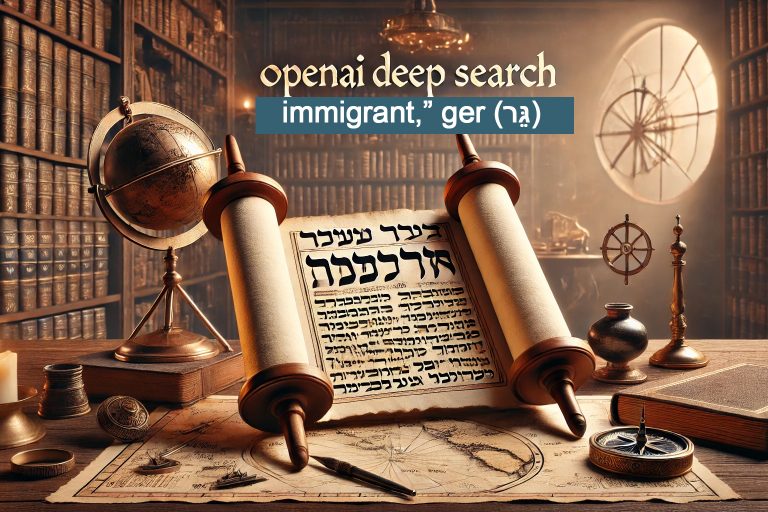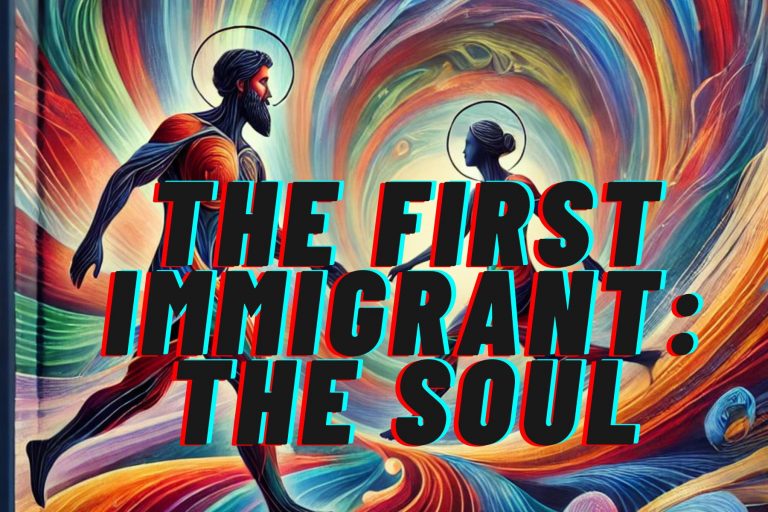Welcome to Mysticism/Kabbalah and Torah/Bible Thoughts
A Common Spiritual Foundation
While Judaism, Christianity, Islam, and Hinduism have unique theologies, their mystical traditions reveal a common pursuit of divine truth, unity, and enlightenment. Many mystical concepts in Kabbalah, Sufism, Christian mysticism, and Hindu Vedanta suggest an ancient shared wisdom that transcends religious boundaries. All these traditions stem from a universal spiritual foundation, the mystical teachings of each faith provide strong evidence of it.
Themes in the Torah/Bible
Each theame explores unique understanding, ranging from the origins of the world to moral teachings and laws. Here are some examples:
A Universal Perspective from Judaism, Christianity, and Islam, and Its Relevance Today is the opening portion of Genesis, offers profound insights into humanity’s foundational questions: creation, purpose, morality, and human nature. Though originating in Jewish scripture, its universal themes resonate deeply in Judaism, Christianity, and Islam, carrying powerful implications for contemporary life.
The themes in the first portion of the Book of Genesis, are foundational and rich, covering the origins and early stories of humanity. Here are some of the key themes:
Creation: The parasha opens with the story of the creation of the world in six days and God resting on the seventh day. This includes the creation of light, sky, land, vegetation, celestial bodies, animals, and humans.
The Role and Responsibility of Humans: Humans are created in the image of God, indicating a unique status and responsibility within creation. Adam and Eve’s roles in the Garden of Eden suggest themes of stewardship, morality, and the complexities of free will.
Sin and Consequences: The narrative of Adam and Eve eating the forbidden fruit addresses themes of temptation, disobedience, and the resulting consequences, such as pain, labor, and mortality, that affect all of humanity.
Relationships and Family Dynamics: The stories of Cain and Abel, and later the generations leading to Noah, explore themes of jealousy, violence, and familial relationships. The dynamics between brothers, and between parents and children, are crucial in these narratives.
Humanity’s Relationship with God: Throughout Bereshit, there is a recurring exploration of how humans interact with the divine. This includes obedience, faith, rebellion, and the consequences of their actions vis-à-vis divine commands and expectations.
Beginning of Civilization: The development of various human activities, such as agriculture, urban development, and crafts like metalworking, are noted, particularly in the genealogies that conclude the parasha.
These themes not only set the stage for the rest of Genesis but also introduce fundamental concepts about the human condition, ethics, and the divine that are central to Jewish thought and theology.
Following the immigrant stories in the Torah/Bible
How the word "Immigrant" was formed in the Bible.
The Hebrew word גר (Ger) means “stranger,” “sojourner,” or “convert”, depending on the context. In biblical Hebrew, it often refers to a foreigner living among the Israelites, and in Jewish tradition, it can also mean a convert to Judaism.
So now we have:
מהגר (Mehager) – Immigrant
גר (Ger) – Stranger/Sojourner/Convert
ג (Gimel) – Hebrew letter G
ר (Resh) – Hebrew letter R
Adam Soul’s Migration into the Human Form
Introduction: The Soul’s Migration into the Human Form
The story of Adam is often understood as the beginning of human existence, but beyond its physical implications, it also symbolizes a deeper, spiritual migration—the transition of the soul from the divine realm into the human body. This concept can be explored through religious, philosophical, and metaphysical perspectives, shedding light on the nature of existence, the relationship between the physical and spiritual, and the purpose of human life.



